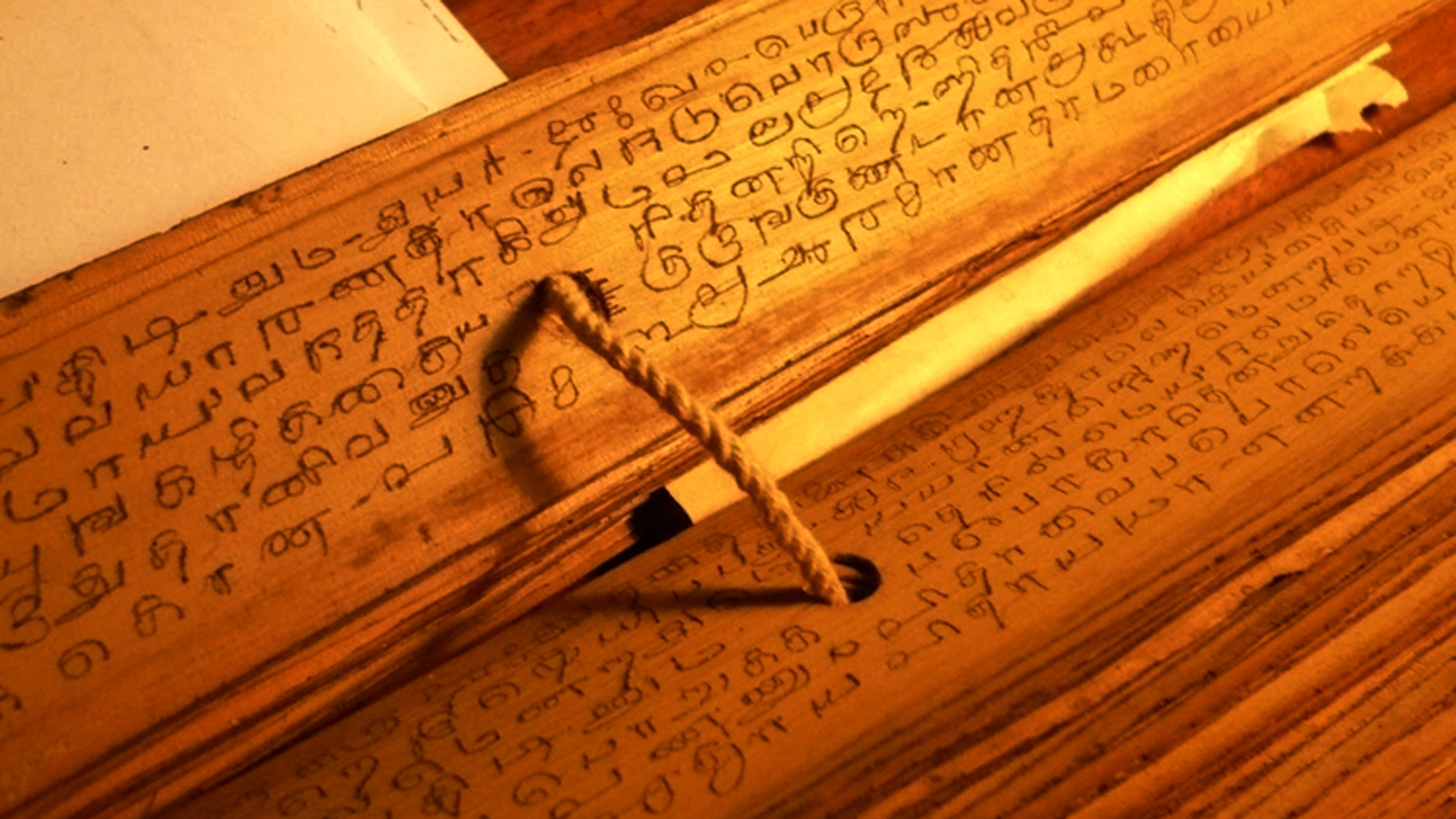Naadi Astrology, a profound system of destiny prediction, isn’t just a mystical practice; it’s a living echo of ancient India’s intellectual and spiritual prowess. Its origins are steeped in antiquity, interwoven with the very fabric of Vedic civilization.
Ancient Roots: The Genesis of a Prophetic Art
The history of Naadi Astrology can be traced back thousands of years, long before recorded history as we know it. It is believed to have originated in the sacred ashrams and hermitages of revered Hindu sages (rishis) who possessed extraordinary spiritual insights and clairvoyant abilities. Sages like Agastya, Vishwamitra, Bhrigu, Kakabhujandar, and others are traditionally credited with inscribing the destinies of countless souls onto dried palm leaves.
These enlightened beings, through deep meditation and a heightened state of consciousness, are said to have foreseen the life journeys of individuals spanning across millennia. They meticulously recorded these predictions, not in a general sense, but for specific individuals who would, at a predestined time, seek out these very leaves.
The Palm Leaf Manuscripts: A Timeless Repository
The choice of palm leaves as the medium for these prophecies was not arbitrary. Palm leaves, particularly from the talipot palm, were a durable and readily available writing surface in ancient India. They were processed, dried, and treated to ensure their longevity, allowing these precious records to survive for centuries.
The script used was typically ancient Tamil, often in a poetic or coded form, making deciphering them a specialized skill passed down through generations of Naadi readers. These collections of leaves, known as Naadi Granthas or Naadi Shastras, became vast libraries of human destiny, meticulously organized for retrieval.
Preservation Through Dynasties and Dedication
The preservation of these invaluable manuscripts through various historical periods is a testament to their perceived spiritual and cultural importance. They were often safeguarded in royal libraries, temples, and by dedicated families of scholars and astrologers.
Chola and Nayaka Dynasties: During the reign of powerful South Indian dynasties like the Cholas and Nayakas, these manuscripts received royal patronage. Their wisdom was highly valued, and efforts were made to protect them from decay and destruction.
Colonial Era Challenges: The advent of colonial rule brought significant challenges. Many manuscripts were lost, damaged, or even taken abroad. However, dedicated families and institutions worked tirelessly to preserve what remained, often hiding them to prevent their confiscation.
Vaitheeswaran Koil: A pivotal location in the history of Naadi Astrology is Vaitheeswaran Koil in Tamil Nadu. This temple town became a central hub for the preservation and practice of Naadi readings, largely due to the efforts of dedicated Naadi families whose ancestors were entrusted with these leaves.
Revival and Modern Accessibility
In recent centuries, there has been a resurgence of interest in Naadi Astrology. With the spread of information and increased global awareness of ancient wisdom traditions, more people are discovering the profound insights offered by these ancient prophecies.
Today, while the core process remains unchanged, modern communication has made Naadi readings accessible to a wider audience, including those living outside India. Dedicated Naadi centers and hereditary readers continue the tradition, meticulously preserving and interpreting the whispers of time etched onto these sacred palm leaves, ensuring that the ancient wisdom of the sages continues to guide humanity into the future.
